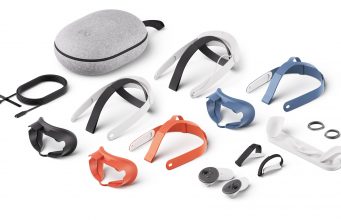The Best Meta Quest 3 Accessories & Why You’ll Want Them
If you can get your hands on a Quest 3, you’ve got everything you need right in the box to start playing some of the best VR games out there. Once you’ve got a few hours under your belt though, you’ll probably notice a few things that definitely need improving, many of which can thankfully be solved with a few key aftermarket accessories.
Upgrade Your Headstrap
Meta has done it again; like Quest 2, they’ve included a cheap, floppy strap that you’ll very likely want to replace soon after popping out of your first long playsession. For many, the stock strap just doesn’t do a good enough job of distributing weight evenly and comfortably on the user’s head. Some users report the stock Quest 3 straps even cut into the base of their ears a bit too, which is bound be bothersome long-term.
It’s difficult to recommend Meta’s Quest 3 straps out of the gate: Elite Strap ($70) and Elite Strap With Battery ($130), the latter of which includes an integrated 2,330mAh battery promising two hours of extra gameplay.
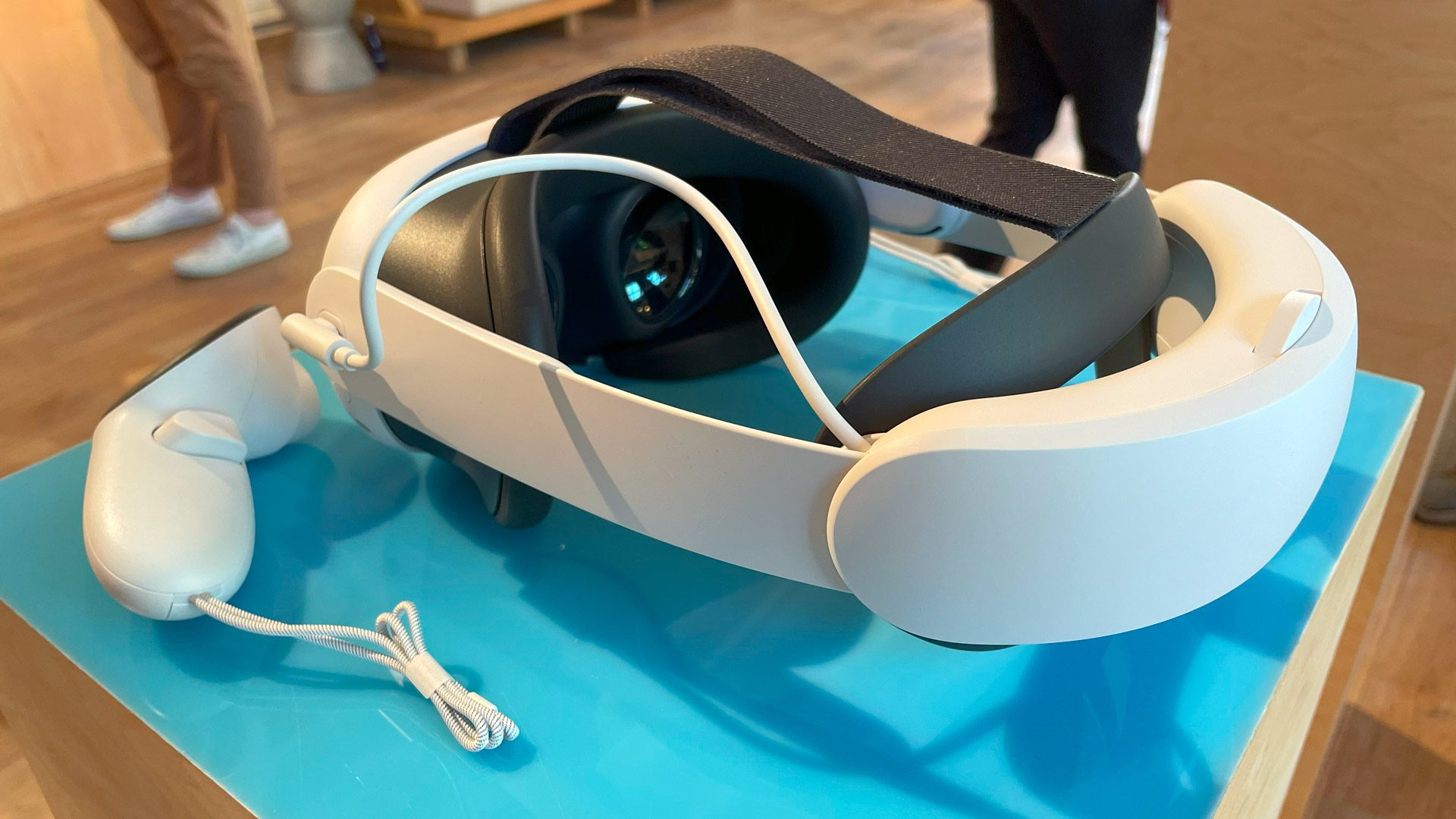
Don’t get us wrong, they’re both comfortable and great out of the box. Meta’s one-year warranty will also likely let you exchange them too if/when they break. Beyond that, you’re at the mercy of Zuckerberg though; Meta doesn’t have a great track record with the build quality of its aftermarket headstraps, and until we put ours through its paces and we’re reasonably convinced it won’t snap in half like the first-party Quest 2 straps were prone to do, well, buyer beware.
Respected third-party accessory makers, such as Bobo VR and Kiwi Design, are slated to have their own versions soon. If you’re looking for something right this second though, a fairly inexpensive solution from MOJOXR ($25) not only has great reviews, but also supports both Quest 3 and Quest 2 thanks to an included adapter.
Provided you can 3D print your own adapter though, you may be able to use any Quest 2 aftermarket strap on the market, which should give you a little more choice in the meantime.
VR Cover or Spare Facepad
The stock facial interface on Quest 3 is actually a big improvement over the Quest 2 version. Out of the gate, its fabric weave feels better than having some sort of clammy high-density foam straight on your undoubtably greasy face, although it isn’t nearly as cleanable as, say, a silicone or removable fabric cover.
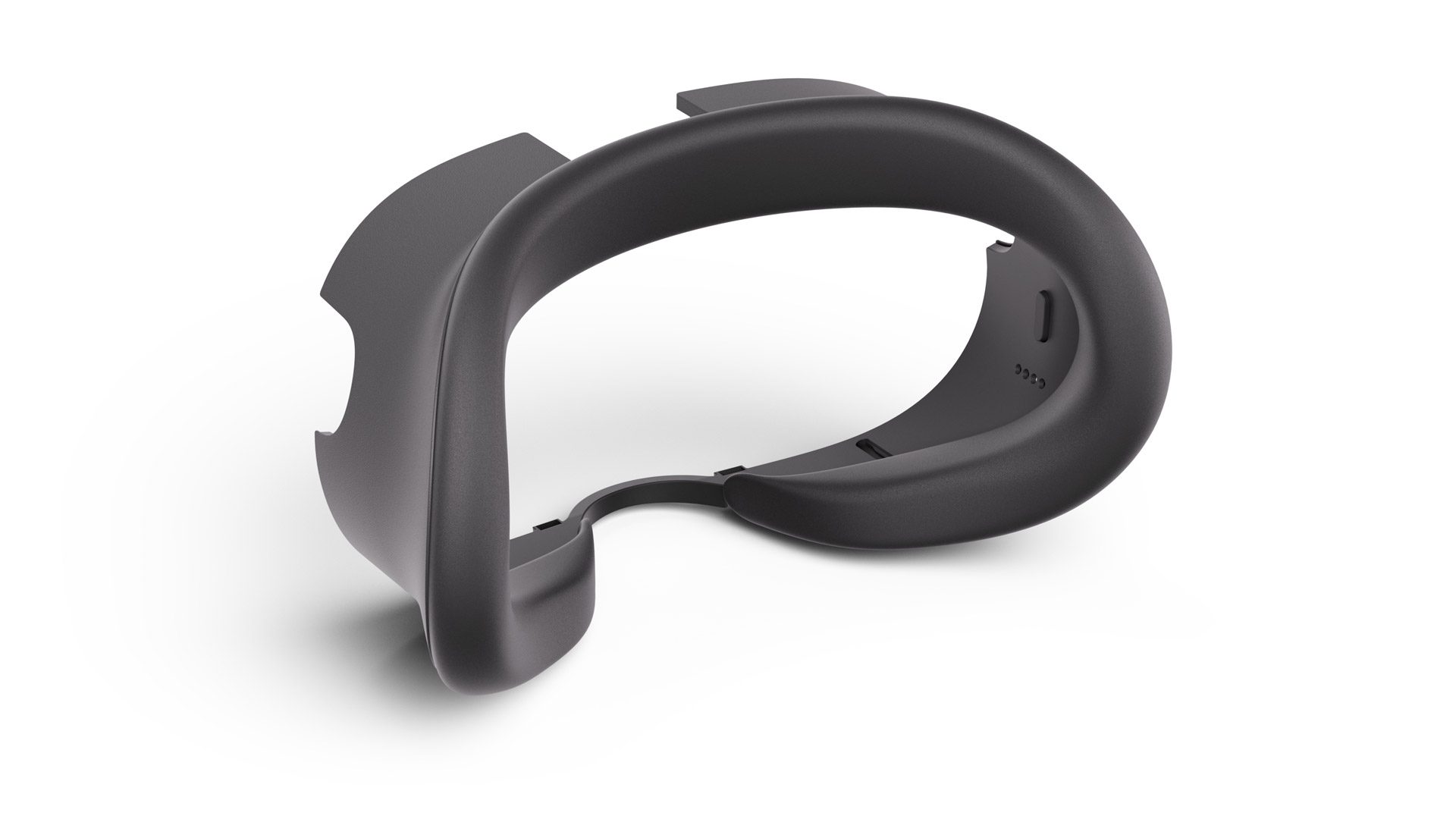
Silicone covers are great for workouts since you can easily wipe them down before or after a session. Meta offers its own Quest 3 silicone facial interface ($40), which completely replaces the stock facepad. The benefit here is you can quickly swap out the stock pad when you’re done playing casual games, and swap in the silicone pad for when you’re ready for some Les Mills Body Combat, Supernatural, Beat Saber, Pistol Whip—whatever gets your heart pumping.
Realistically speaking though, you probably don’t need to shell out the better part of 50 bucks to get the job done. There are a number of third-party silicone covers on Amazon which fit right over the stock facepad, ranging from $10 to $15, and offer equal protection from face grime.
As for fabric, the trusted third-party creator VR Cover has its own machine washable fabric cover too ($30) in case you want to keep it a little more cosy than the impenetrable seal of a silicone cover. Alternatively, you can also get full facepad replacements from Meta which comes with matching floppy headstraps in Elemental Blue and Blood Orange ($50).
Make Charging Easier
Quest 3 has charging pins at the bottom of the face plate, meaning we’re sure to see a host of third-party charging docks and accessories come to market soon enough.
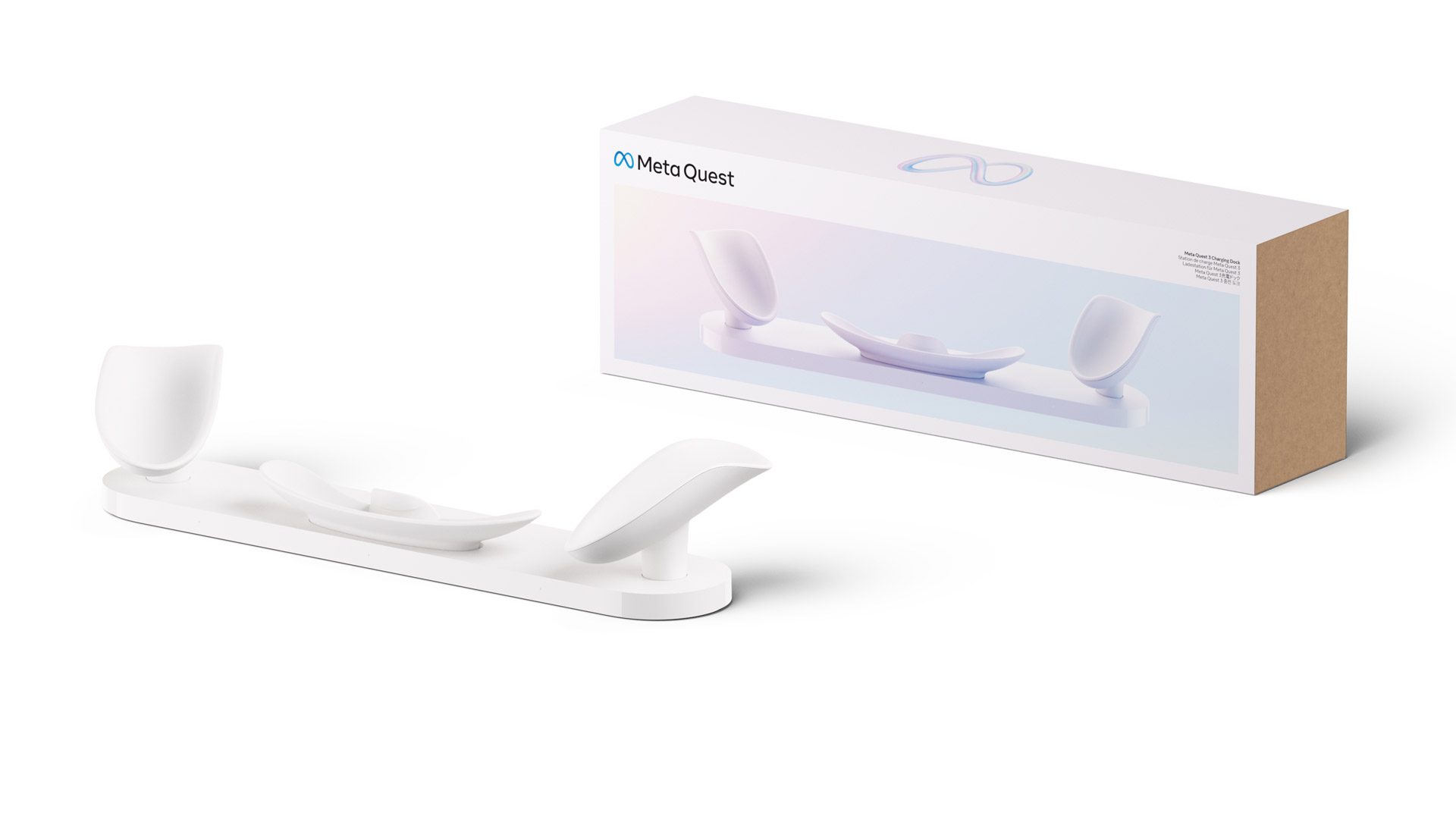
For now, there’s really only one real solution though: Meta’s official Quest 3 charging dock ($130). While this also charges your Touch Plus controllers, keep in mind this won’t charge up any sort of external battery strap.
Always the old reliable: the second option could be to get magnetic USB-C connector cables, which allow you to attach and detach special charging cables to your headset without having to wear out the charging port. Many on Amazon can even do fast charging, although getting one with data transfer is hit and miss. Even if you could, you wouldn’t want to use Meta Link with a magnetic cable because of how easily it can detach.
Carrying Cases
Meta’s official Quest 3 carrying case ($70) is certainly a good option to keeping your Quest 3 prim and proper—if you don’t mind the hefty price tag, that is.
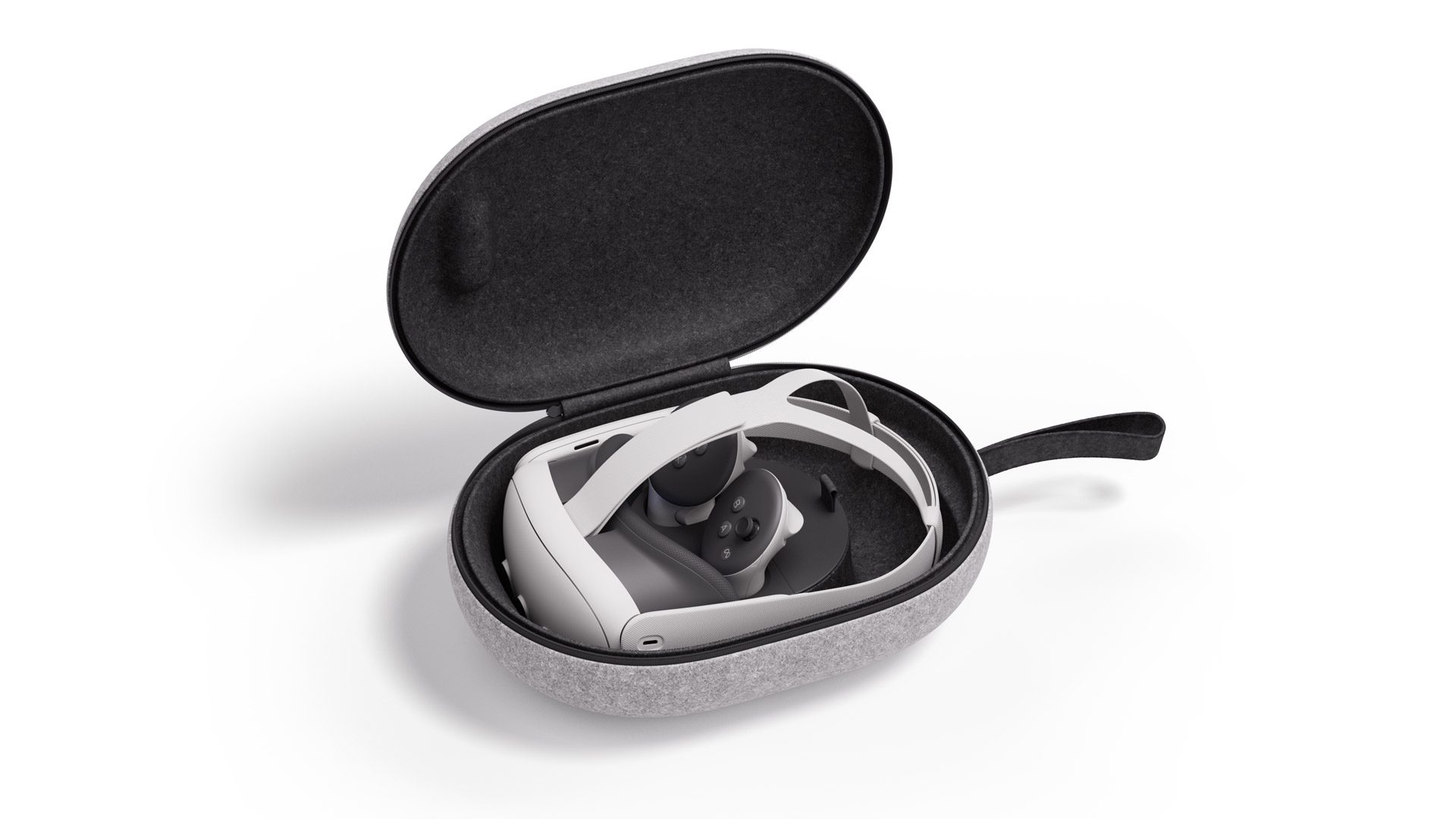
There are definitely more cost-effective ways to spend 70 bucks though, considering Quest 3 is smaller and will most definitely fit in the carrying cases originally designed for Quest 2; there are a ton on Amazon, with many hovering under the $25 mark.
There’s bound to be an explosion of Quest 3-specific cases in the coming months, although it’s still too early to tell. Third-parties have created a ton of different case styles over the years for Quest 2, ranging from standard copycats of Meta’s own to official case to ones that even double as charging docks. More of those, please.
Long USB-C Cables for Wired PC Play
Whether you’re just looking for a way to charge during gameplay, or you want to connect Quest 3 to your computer via Meta Link to use it as a PC VR headset, you’ll need a USB-C cable long enough to get the job done.
Note: to play PC VR games via Link, you’ll need a VR-ready PC.

By now, you know the drill: ‘Meta first, then the actual option you’ll actually want to buy’. Meta’s Link Cable ($80) is a thin fiber-optic cable that spans 16 feet (5m). It’s a great cable since it’s very thin and fairly light at 7.9oz (224g).
That said, any 3.0 USB-C cable will work, and there are tons on Amazon that will do the job just as well at a quarter of the price. Pick one, and you’re playing Half-Life: Alyx (2020) in no time.
Wi-Fi Router for Wirelessly PC VR Games
We know who you are. You’re more of a “low contact” sort of person. You exclusively charge all of your devices wirelessly, only talk to friends through Discord, and prefer courteous bows from across the room over shaking hands. Your ‘hover over public toilets’ game is also suitably on-lock. Well, you’ll be happy to know you can play PC VR games cable-free too thanks to Air Link.
You should be able to game easily enough using Air Link on that old 2.4GHz router, although if you’re looking to get the most out of Air Link-ing your headset to a VR-ready PC for a host of PC VR games, it might be time to upgrade to a dual-band router, as Meta recommends connecting to Wi-Fi via 5GHz band (AC or AX).
Note: Virtual Desktop developer Guy Godin has reported an early issue with Quest 3 and how it connects over Wi-Fi. For now, it appears the headset has network performance issues with routers running in Wi-Fi 5 (AC) mode. The issue disappears when switching the router to Wi-Fi 6 (AX) or Wi-Fi 6e (AXE) mode.
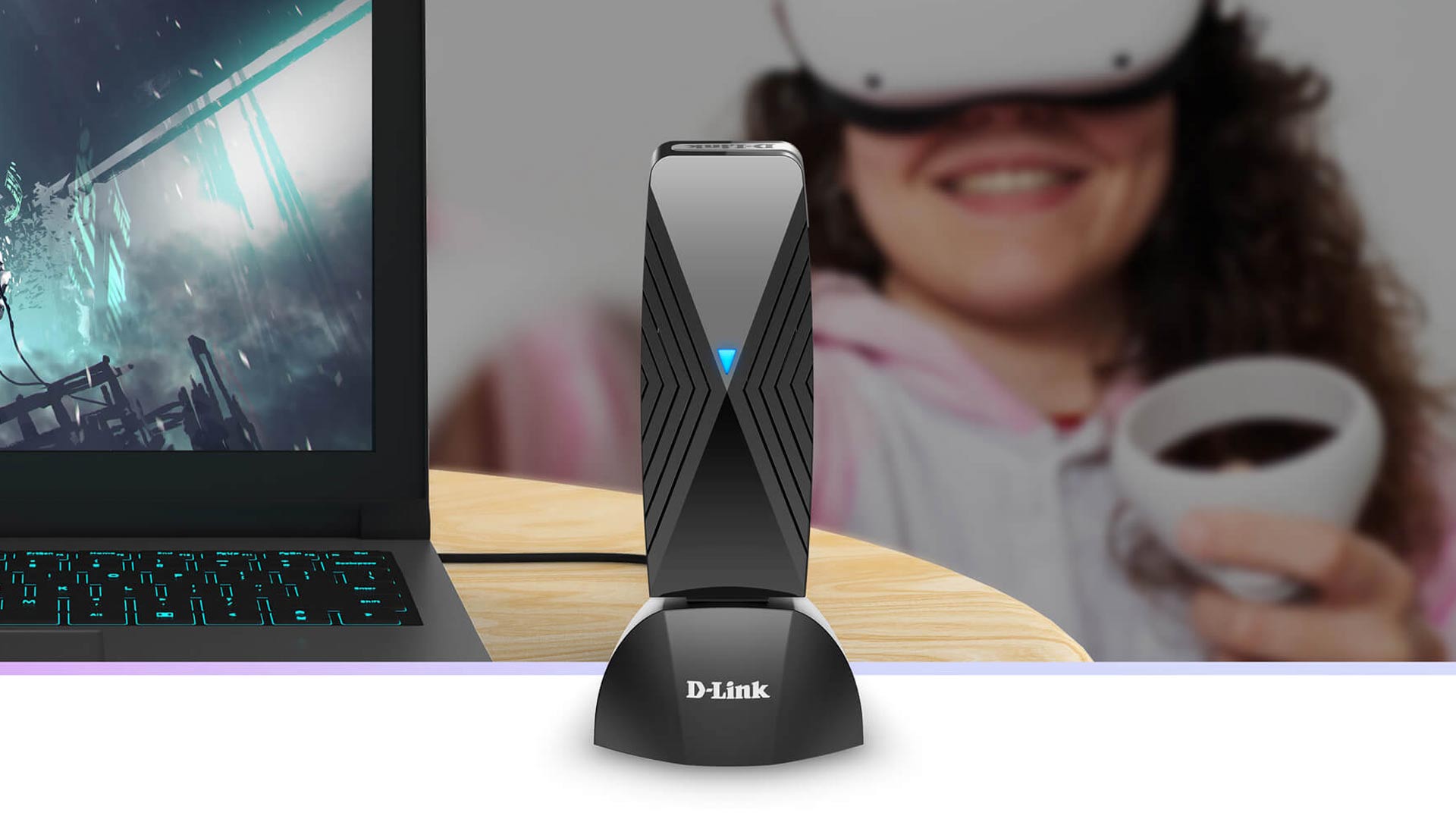
You can find dual-band Wi-Fi routers for as low as $40 on Amazon, however the more you pay, generally the better range you get. You can also get them for significantly cheaper if you don’t mind refurbished units.
Then there’s dedicated dongles, such as the D-Link Airplay ($100), which creates a dedicated Wi-Fi network between your Quest headset and your PC, skipping the whole Wi-Fi router tango entirely. Whatever the case, Meta recommends having your PC connected to a router or access point via ethernet cable, and in the same room as the headset or in line of sight. The better the connection, the lower the latency involved.
Other Accessories to Consider
- Silicone Cover Bundle – Face, controller grips, lens protector ($40)
- Zenni VR Prescription Lenses for Quest 3 ($50)
- Soundcore by Anker Wireless VR Earbuds ($80)
- Active Controller Straps for Touch Plus ($40)
Did we miss any big ones? What are your favorite Quest 3 accessories? Let us know in the comments below!
The Best Meta Quest 3 Accessories & Why You’ll Want Them Read More »
